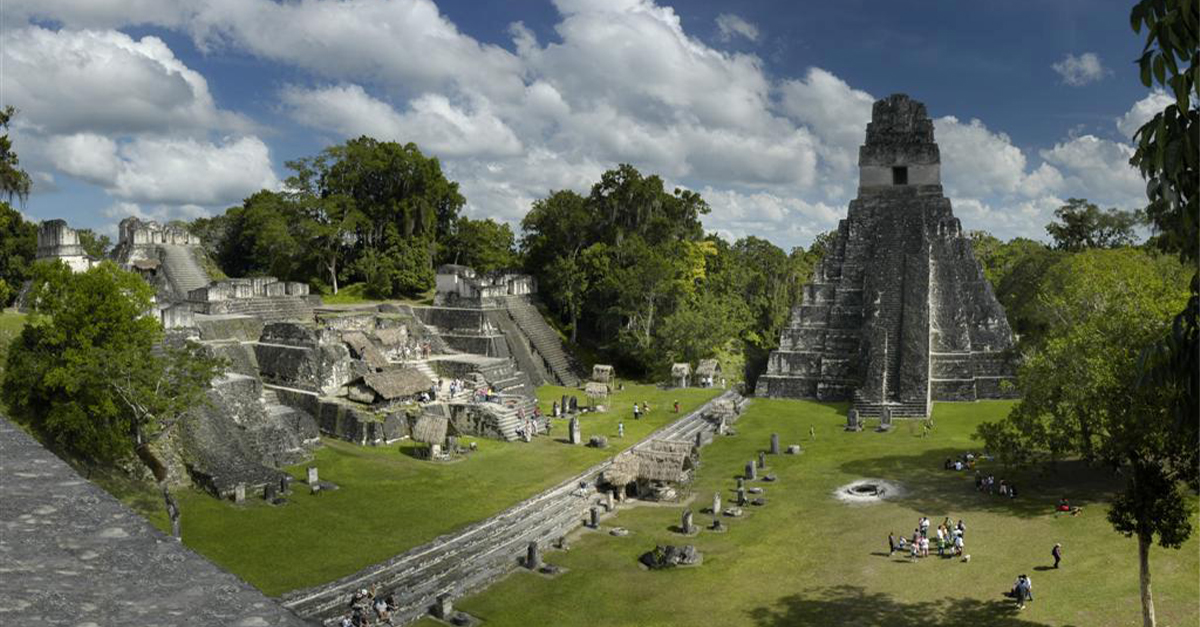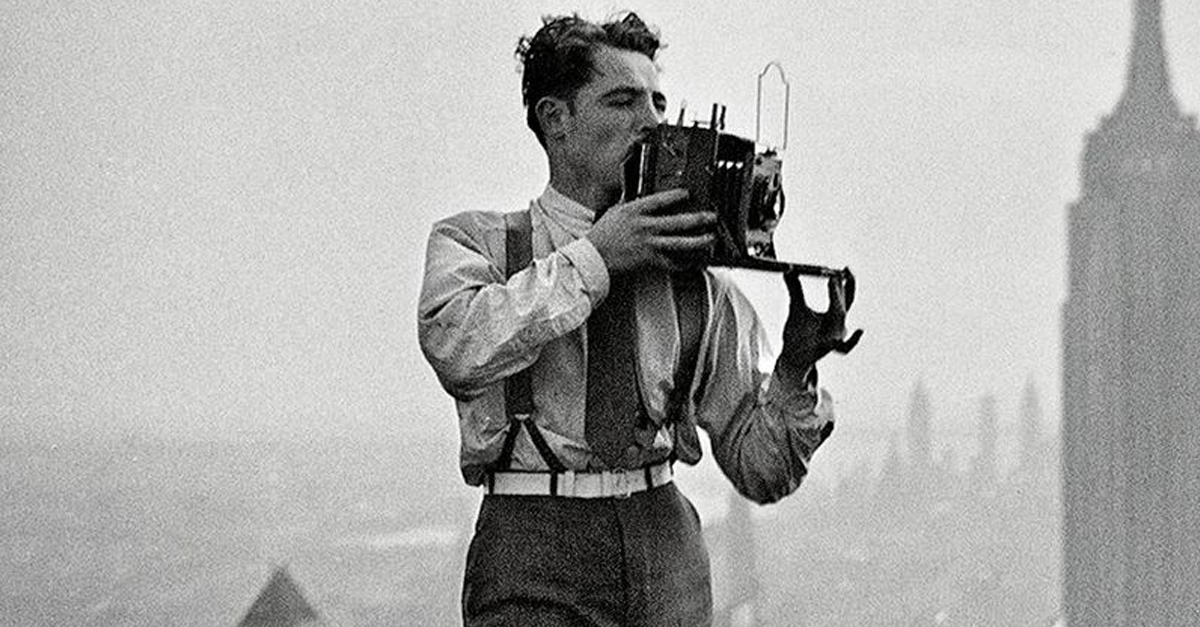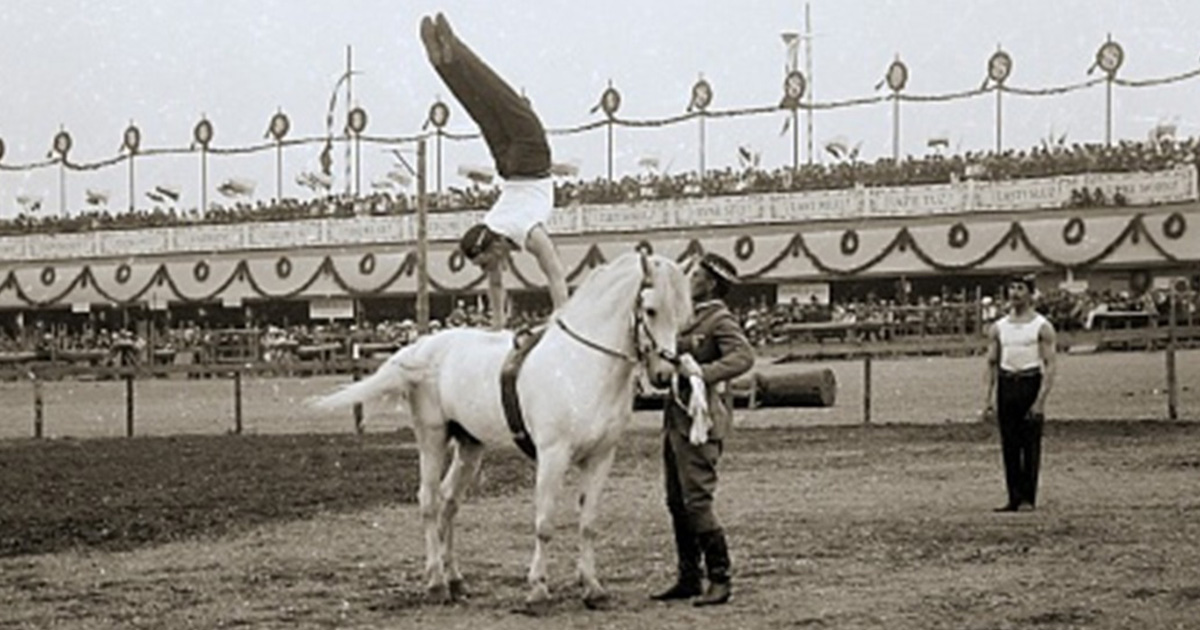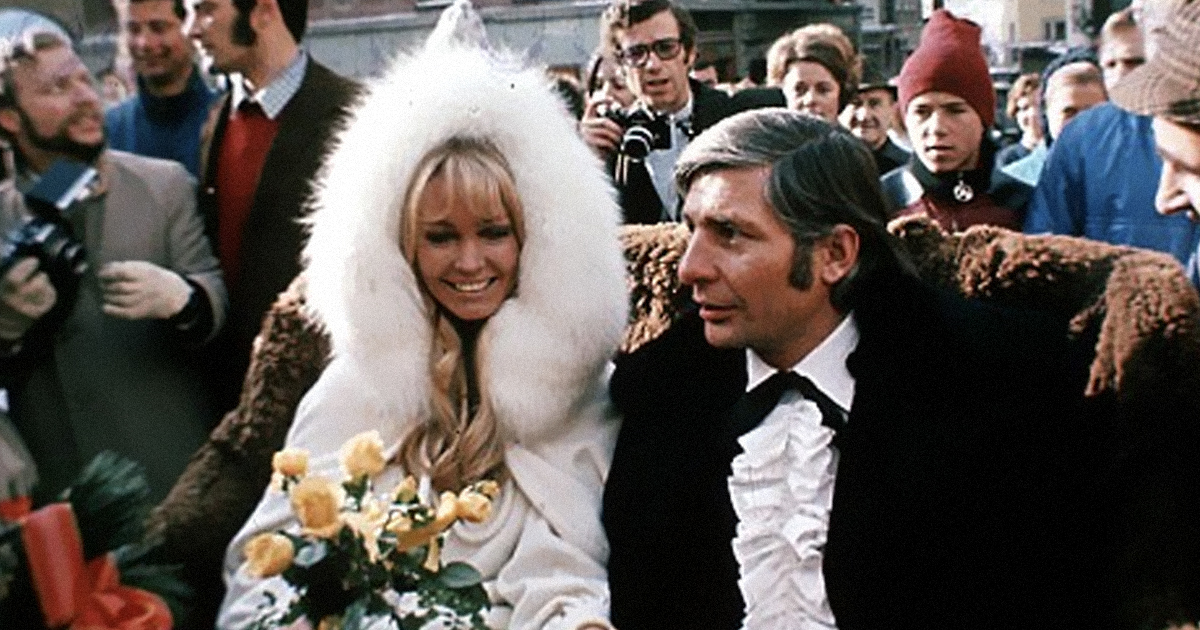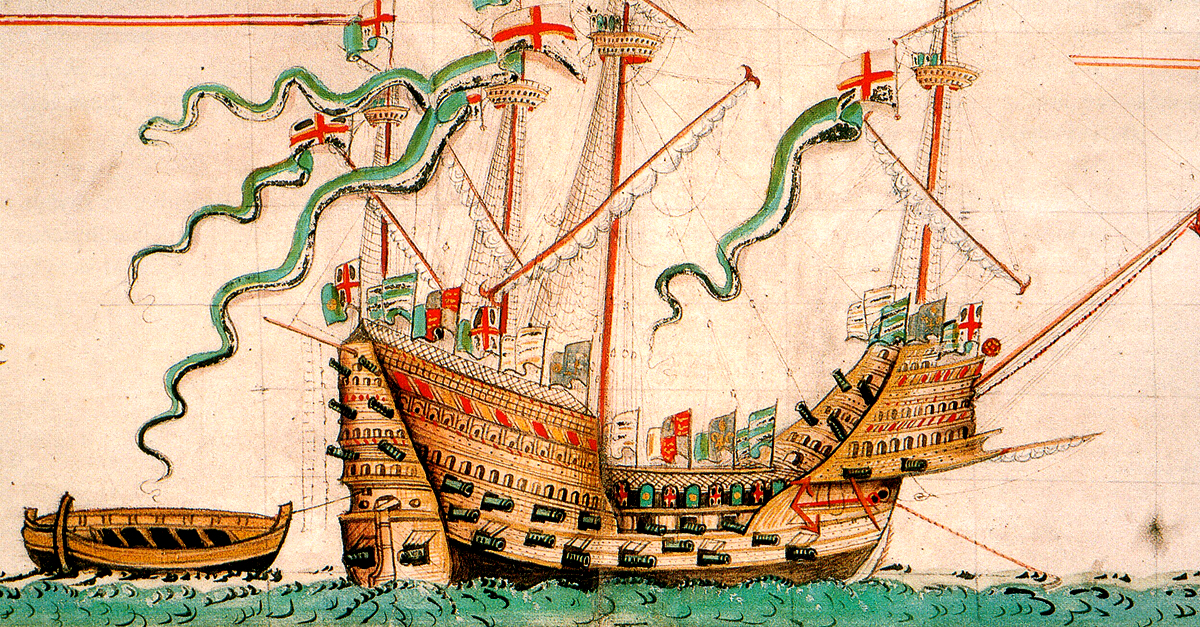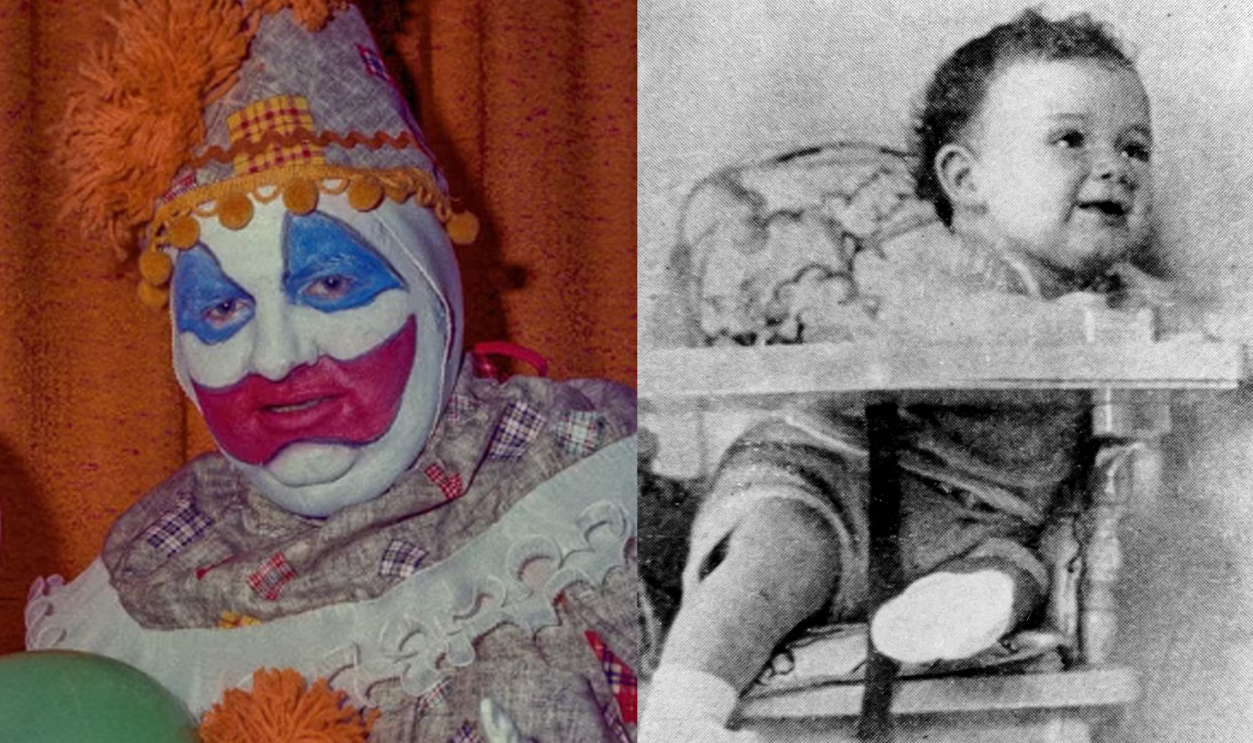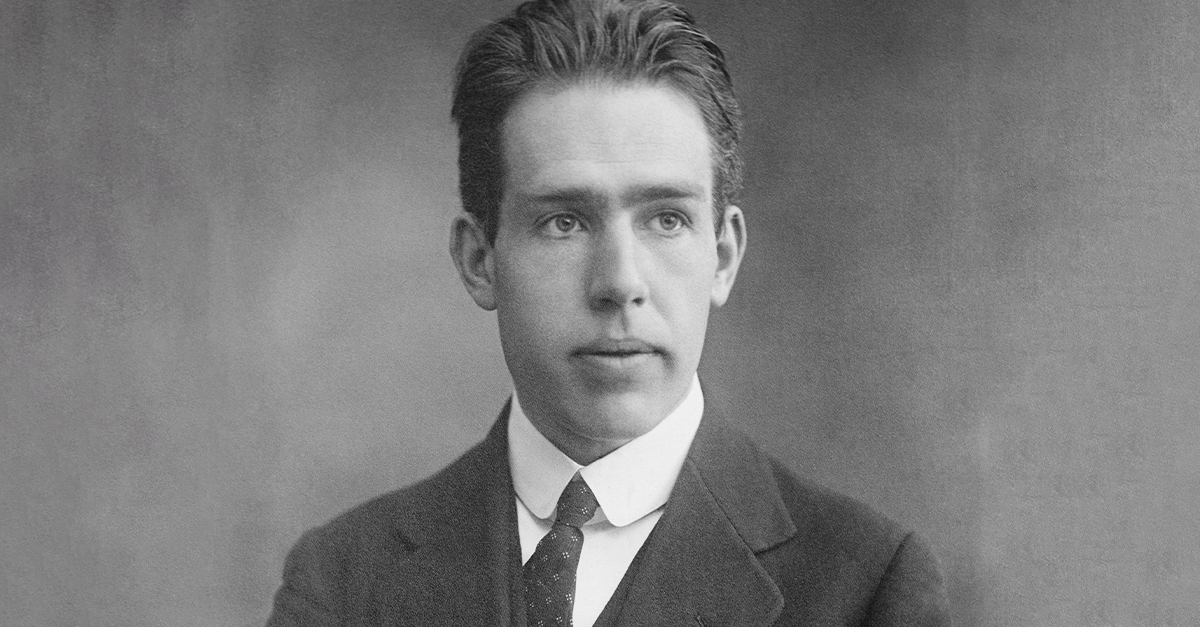In early 2025, archaeologists at the ancient Maya city of Tikal unearthed a breathtaking altar with unmistakable Teotihuacán characteristics, dated to the late 300s AD. This spectacular display of painted limestone panels, masonry, obsidian, and sacrificial burials gives the public its first direct evidence of a physical Teotihuacán presence within the beating heart of the Maya world.
Architecture Across Cultures
The altar includes four painted panels. Maya blue, red hematite, and black soot are the pigments used to depict the Storm God Tlaloc in full Teotihuacán style. Its structure mirrors classic central Mexican architecture. The form confirms that the altar was built or installed by Teotihuacanos, and not by mere Maya traders.
Political Power And Ritual Sacrifice
Underneath the altar, enterprising archaeologists found the remains of an adult male and three children (one of them seated), along with ritual objects and an obsidian blade. These are classic markers of Teotihuacán ceremonial practices. There’s a good chance the weapon was used to carry out a child sacrifice, imposing imperial ideology in Tikal after the legendary 378 AD Entrada.
Implications Of The 378 AD Entrada
The altar’s dating fits closely with the Entrada campaign led by ‘Spearthrower Owl’ and Siyaj K’ak’, when Teotihuacán asserted its dominance over Tikal. The altar symbolizes diplomacy and an overseeing foreign presence in Tikal.
 Teotihuacan altar found at Guatemala Maya site | AFP, AFP News Agency, YouTube
Teotihuacan altar found at Guatemala Maya site | AFP, AFP News Agency, YouTube
A Cultural Enclave Burrows In
Unlike traded artworks, this in-place altar strongly indicates permanent Teotihuacán settlement in Tikal. The production quality, iconography, and materials all suggest that a true enclave of foreign craftspeople and priests lived and worked right at the very heart of Maya culture.
Upending Ideas On Maya‑Mexica Relations
This amazing monument reveals that Tikal was itself an influential civilization, as part of a far-reaching and complex empire. This idea underpins a shift toward viewing Maya-Teotihuacán relations as political and ritual integration, and not just an artistic influence.
 Descubrimiento en Tikal revela lazos más profundos con Teotihuacán, PrensaLibreOficial, YouTube
Descubrimiento en Tikal revela lazos más profundos con Teotihuacán, PrensaLibreOficial, YouTube
Controlling The Future By Blotting Out The Past
The altar was deliberately buried under mound fill between 550–650 AD. This act shows that later Maya leaders chose to erase its Teotihuacán associations, concealing a chapter of their shared past they preferred to put behind them.
Future Research And Display Opportunities
The altar will stay under conservation measures for now, with selected close study and exhibition opportunities to come later, as an eager public clamors for a chance to see it. Researchers will compare its pigments, rituals, and iconography with those of Maya and Teotihuacán traditions.
 Ralf Roletschek, Wikimedia Commons
Ralf Roletschek, Wikimedia Commons
Success Brings More Questions Than Ever
The Teotihuacán altar in Tikal is a history-redefining breakthrough, proving Teotihuacán’s vast influence on Maya civilization. With the obvious implications on trade, it also shows the cross-cultural colonization and imperial power shifting like tectonic plates in the later centuries of Mesoamerica. This find deepens our understanding of one of history’s greatest cultures, and whets our insatiable appetite for even more discoveries in the future.
You May Also Like:
Paradise Lost: Tulum's Secret History Of Corruption And Greed

